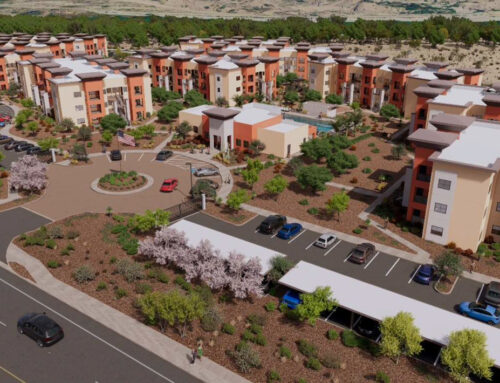A common question we receive from our investors is what do properties marketed as Class A, Class B and Class C mean? Each property classification reflects a different risk and return. These letter grades are assigned to properties after considering a multitude of factors such as age of the property, location of the property, tenant income levels, growth prospects, appreciation, amenities, and rental income. There is no exact formula by which properties are placed into classes, but here is a breakdown of the most common classes, A, B and C:
Class A
These properties represent the highest quality buildings in their market. They are typically newer properties built within the last ten years with top amenities, high-income earning tenants and lower vacancy rates. Class A buildings are well-located in the market and are typically professionally managed. Additionally, they can demand the highest rent because of their location with little or no deferred maintenance issues.
Class B
These properties are one step down from Class A and are generally older, tend to have lower income tenants, and may or may not be professionally managed. Rental income is typically lower than Class A, and there may be some deferred maintenance issues. Mostly, these buildings are well-maintained and many investors see these as “value-add” investment opportunities because the properties can be upgraded to Class B+ or Class A through aesthetic upgrades to the units.
Class C
Class C properties are typically more than 20 years old and located in less than desirable locations. These properties are generally in need of renovation, such as updating the building infrastructure to bring it up-to-date. As a result, Class C buildings tend to have the lowest rental rates in a market.
What does this mean for investors?
It is important for investors to understand that each class of property represents a different level of risk and reward. Class A provides investors with more security by knowing that they are investing in top tier properties, with little or no outstanding issues requiring further capital expenditures.
Class B and C properties tend to be bought and sold at higher CAP rates than Class A, as investors are paid for taking on the additional risk of an investing in an older property with lower income tenants, or a property in a lower income neighborhood.





